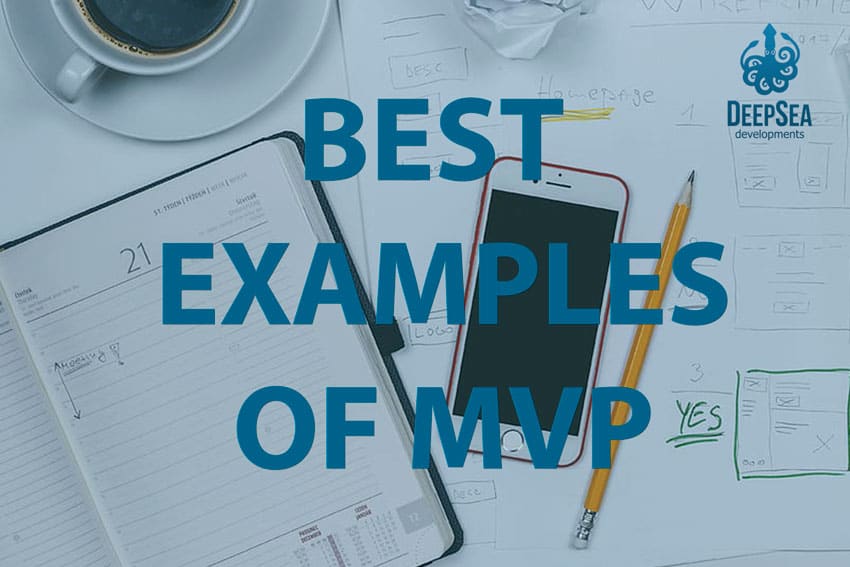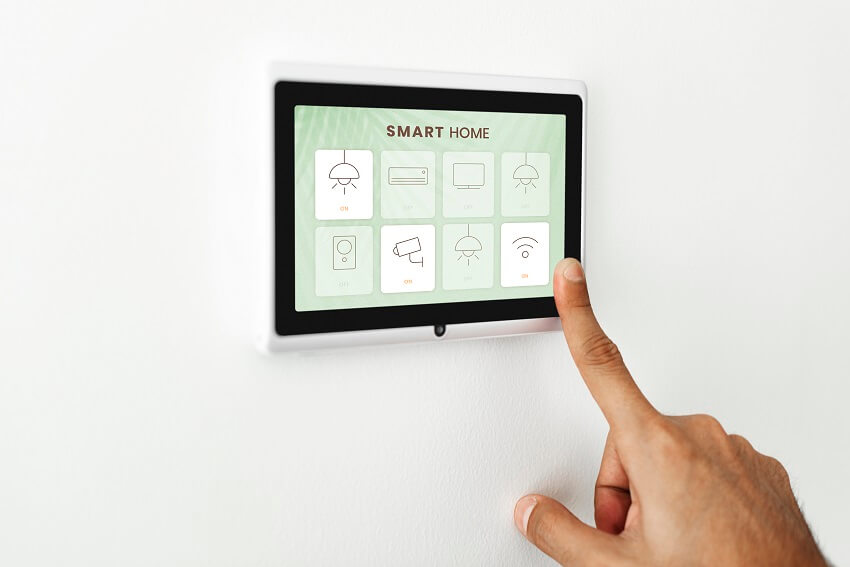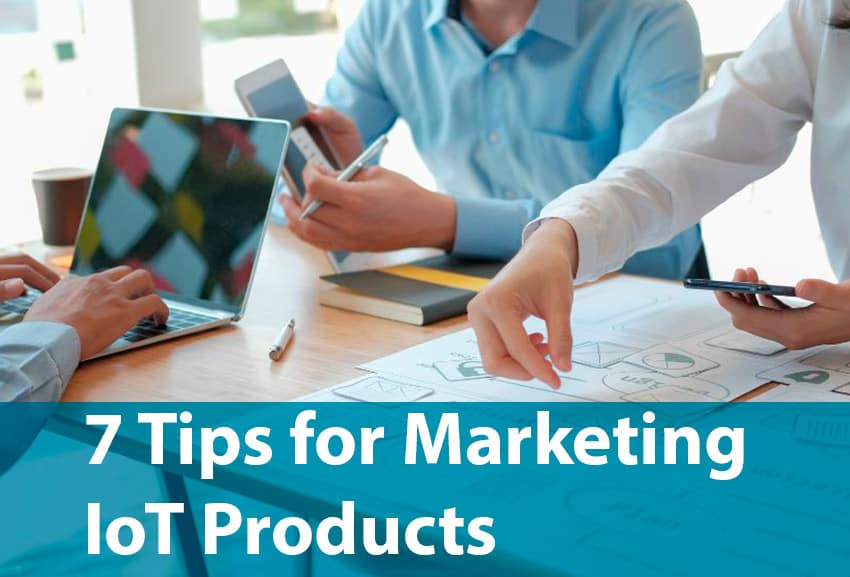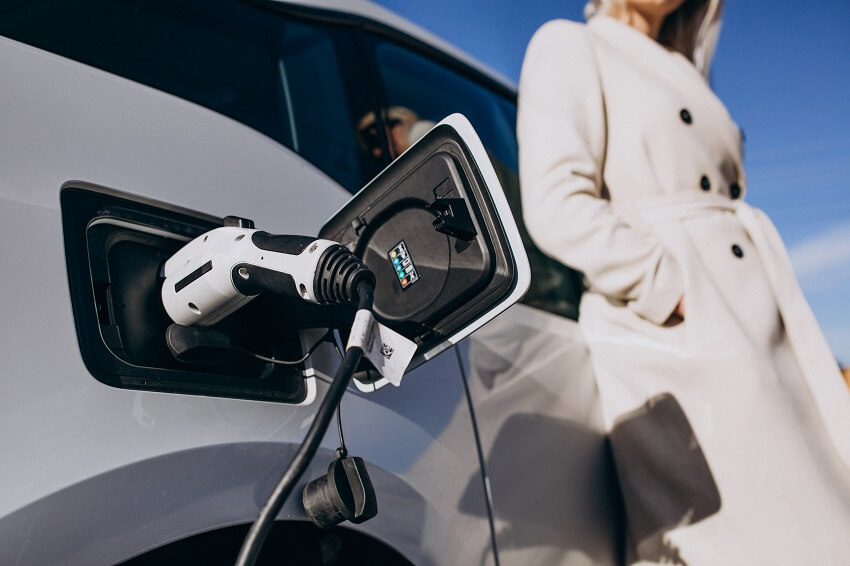In this article you will find what we consider the best examples of MVP that can inspire you to test your device quickly and with a low investment.
Jeff Bezos stated, “In business, what’s dangerous is not to evolve.” We agree with this wonderful phrase. The days of unconscious mass production are gone, maybe 40 or 50 years ago there was no problem in making a new technology available for everyone just because it was innovative. However, the customers are more demanding now in terms of technology features and characteristics. That’s why a startup needs to start with an MVP if it wants to survive in the long-term.
Types of MVP (Minimum Viable Product)
An MVP is good or potentially good if it initially solves the problems or needs of a specific niche. Probably you want fast results and capture a big share of the market, however, it is necessary to be a little patient.
Almost any idea has the potential to start as an MVP: a product, device, platform, website or app (See PoC vs MVP vs Prototype). You can draw the schematics of your newest service idea or product and show a specific audience how it will work. Through interaction with cards or drawings, you can get feedback about its performance.
Another way is to build a website that allows you to show your MVP online. This can be a great way to tell people and companies about your business idea, features, characteristics, and its potential; it works as a presentation and also as a presale strategy to get early adopters.
An MVP helps you protect your investment. Showing an example of Minimum Viable Product to potential investors or clients will allow you to:
- Test if your idea solves a problem.
- Know if the market is demanding your product.
- Improve the device or idea with aspects you didn’t consider.
- Remove or add features.
- Establish a sale price and calculate profitability.
Throughout the years, new terms related to MVP have appeared:
Minimum Lovable Product (coined by Brian de Haaff, founder of the road map software Aha!). This means to include enough functionalities into your product, service, platform or app that makes it “lovable” to your customers or end-users. The difference between MVP and MLP is that the Minimum Lovable Product requires more investment than MVP, since it will be a more developed version of your business idea. There are other concepts, like MMP (Minimum Marketable Product), MCO (Minimum Catchy Offer), Black Hole Strategy, and Lean investor. We won’t go deeper into these concepts in this article.
It is up to you as a startup if you want to materialize your idea with an MVP or any of the other versions. To help you make a decision, we want to show you the best examples of MVP in business.
4 Examples of MVP to analyze
We wanted to show you just one great example of MVP, however, we decided to show you 4 companies that we consider represent the best examples of a successful MVP. Additionally, we will mention a business we attended with our product design and development services and started growing thanks to a Minimum Viable Product.
Did you know the first iPhone didn’t have many crucial characteristics when it was first announced in 2007? MacRumors website published an article mentioning this.
1. iPhone
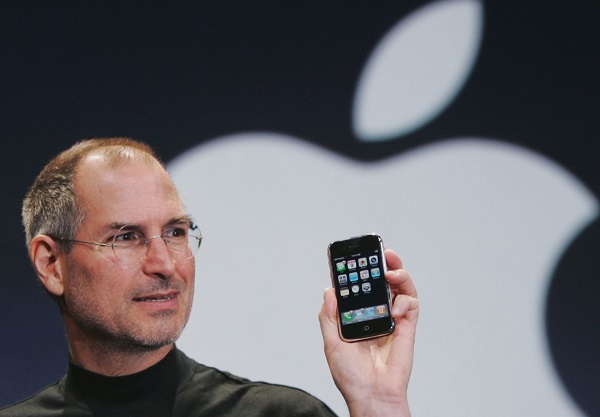
Note: First iPhone released in 2007.
Steve Jobs was very excited presenting the first iPhone ever to a big audience that was curious about the launch of the innovative device.
As curious as it may sound, the first iPhone that was launched into the market didn’t have “app store” included. Believe it or not, it didn’t have copy and paste options (it was added until 2009). There wasn’t any option to set a home screen wallpaper (it was only possible until 2010). No video recording, no flashlight, and no GPS. Despite not having all these features, Apple sold 1,39 million dollars in 2007.
According to Companies Market Cap, “As of June 2022, Apple has a market cap of $2.430 Trillion.” This makes Apple the world’s most valuable company by market cap.
That is an outstanding result for an MVP. Why was it successful? Apple realized many early adopters would buy their product and decided to launch it, since it already had the “basic functions” for a phone: calls, internet navigation, and a camera to take pictures. From that starting point, they have made a lot of changes to the next phones thinking about their users. Over 30 variations of the first iPhone have been launched in 15 years, and they are still innovative, attractive, and loved by people.
As a little motivation to develop your Minimum Viable Product, take into account what Steve Jobs said, “Creativity is just connecting things. When you ask creative people how they did something, they feel a little guilty because they didn’t really do it, they just saw something. It seemed obvious to them after a while. That’s because they were able to connect experiences they’ve had and synthesize new things”.
Some entrepreneurs think their project is not worthy of being developed, but if they get good advice from a company that specializes in electronic product development, the story can be different.
2. Uber
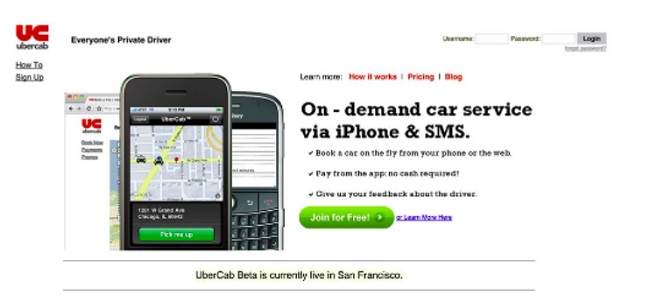
Note: Original version of UBER App.
Uber started as an MVP in 2010, only the founders and their friends could use the service when it started. To book a ride, people needed to send an SMS. After some time, they began to accept payments through the app, though it was concentrated first in San Francisco.
The results from this city allowed the company to improve the app and start operating in different cities. According to Companies Market Cap, “As of June 2022, Uber has a market cap of $42.82 Billion.”
Travis Kalanick, the co-founder of Uber said, “People will not own cars; they’ll have a service that takes them where they want to go, when they want to go there. And that’s what Uber is.”
We can find many examples similar to this nowadays, in fact, there are many competitors like Uber that launched their own service, but with small tweaks (compared to Uber) in the features of the service they provide.
3. Airbnb
Airbnb started because the founders (Brian Chesky, Joe Gebbia, and Nathan Blecharczyk) identified a problem: hotels in San Francisco were overbooked because of a special event in the city. So, they decided to offer their house for people to stay during the weekend.
This was the original version of Airbnb’s website, it wasn’t even an app.
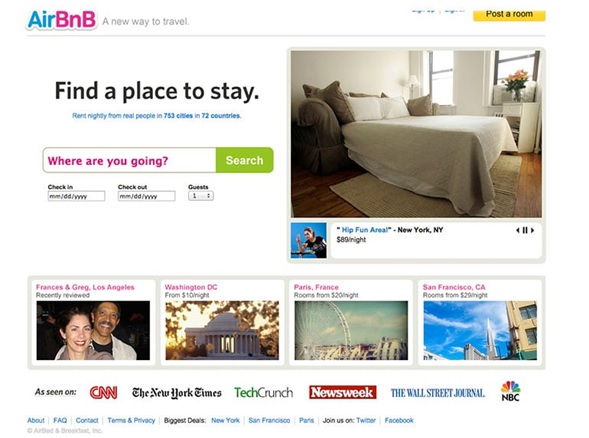
Note: Original version of AirBnB website.
They got incredible results with this service. At first, the idea was well accepted by many travelers. But the founders needed to raise a great amount of money to make it work at a large scale; it wasn’t an easy task to make the company grow.
Brian Chesky mentioned in an interview that they were rejected by seven venture capital firms. They were asking for $150,000 in exchange for 10% of the company’s shares.
After a long process, Airbnb is estimated at $64.23 Billion, and it is operating in over 191 countries around the world.
Brian Chesky, one of the co-founders of Airbnb said, “Airbnb is different from most brands. We’re a community of individuals, and yet there’s a consistency holding us together through the values we share. We have a common belief in belonging, but everyone’s expression of it will naturally always be a little different.”
If the purpose of your MVP is building a community around it, it is very likely you will have outstanding results as Airbnb did.
4. Amazon
Created by Jeff Bezos in a garage, this is probably the best example of an MVP; Amazon started as a bookstore. Jeff Bezos chose this product because it was cheap, easy to market and to deliver. When a client made a purchase on the Amazon website, Jeff Bezos would immediately buy the book from a distributor before sending it to the customer. This was the original website:
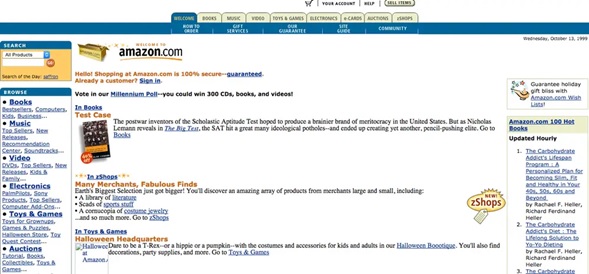
Note: Original version of Amazon website.
Nowadays, Amazon is valued at $1.080 Trillion, according to Companies Market Cap. Amazon has become the third largest retailer in the world.
Jeff Bezos said, “If you’re competitor-focused, you have to wait until there is a competitor doing something. Being customer-focused allows you to be more pioneering.”
If you want your MVP to be good, focus on your potential customers, don’t be afraid to listen to them and build your product with the intention of solving their needs.
One last MVP example: Drone startup
Last but not least, we will show you a contemporary example of MVP in business. It is a little different from the cases exposed above, since the startup is still in the process of potentially upgrading the device.
There is a drone business that required the help of DeepSea Developments. They had an MVP of their drone; however, it wasn’t fully functional.
The interesting part is that they got great funding from many early adopters just by showing the MVP to them. The crowdfunding campaign was successful, they confirmed a potential interest in their MVP. The next step was to make sure to build a functional version of a drone with 360-degree cameras for their supporters.
This startup required fast prototyping, a customized PCB (Printed Circuit Board), and a firmware that would control the cameras of the drone.
Through a fast prototyping process, our engineers could take their concept and make it a reality. We developed the PCB and Firmware of the drone taking into account their technical specifications and requirements.
Thanks to this product development process, the original MVP of the drone was upgraded, produced and sent to the early supporters of the project; they were really happy with the results.
This new MVP has the potential to attract investors, either to help the startup to launch it into the market, or to upgrade it even more until it reaches a marketable version.
DeepSea Developments personal MVP
We also built a mechanical keyboard called DeepDeck. We got funding for building the prototype and launched the MVP with the required features to make it interesting to users.
We invite you to believe in your project, take the best insights from the examples shown above and get the motivation to build your MVP; you can also check these other examples of IoT.
The market probably is waiting for your business idea, and you need to act upon it. Of course, the first version of your product, app or service will be modified and transformed.
Your business idea can evolve properly when you take the right steps for developing your MVP from its most basic version. Bear in mind that companies like Apple, UBER, Airbnb, and Amazon continue improving their apps, hardware, and services.
At Deepsea Developments, we have experience helping entrepreneurs from the US and different countries around the world to design and develop Minimum Viable Products. Our expertise in technology has led us to be recognized as top 1 in IoT in the 100 Open Startups ranking. We are a company that looks forward to taking the ideas that are out there in the ocean of creativity and making them a reality. If you want to build your MVP, you can contact us and get a free consultation.
Who knows, maybe you could be the next Steve Jobs.

